Discovering the new Tate Modern
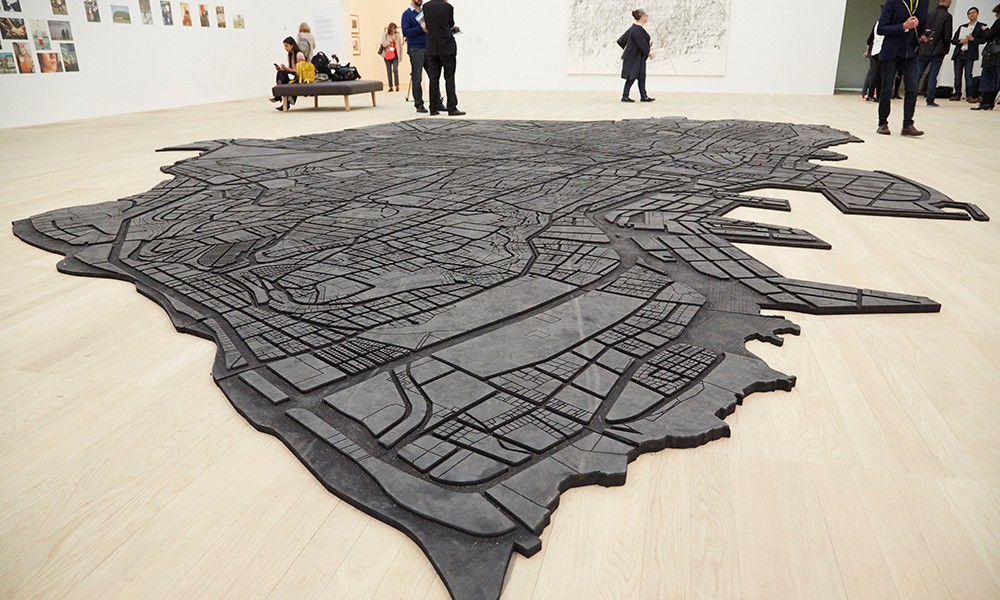
A landmark national and global event, the Tate Modern’s new extension was inaugurated on June 14th 2016, beginning with a press conference featuring the Mayor of London, Sadiq Khan, John Whittingdale, Secretary of State for Culture, Media and Sport, and Lord Browne, Tate Modern’s Chairman, among others. Described as a great architectural accomplishment that “reminds us of what can be achieved when we remain open to the world”, the “world’s window on us and our window on the rest of the world”, and “built to adapt to change”, the New Tate Modern is massive and stunning.
Mayor Sadiq Khan pronounced the Tate Modern to be a pioneer, transforming forever “this neglected neighbourhood”. He spoke of the importance of art and culture: “I am putting Culture at the heart of my administration…a core priority, up there with housing, environment and transport, in a way that no world city has seen before. Tate brings art to new audiences and nurtures and inspires new talent… It is about realising the potential of people as well as places.” He also highlighted the fact that the New Tate Modern features a “record number of female artists”.
With art from 1900 to the present, including famous names like Kandinsky, Matisse, Calder, Rothko, Degas, and Magritte, Duchamp, and Warhol, the Boiler House is impressive. The Switch House is of particular interest as it is indeed architecturally majestic with its vast, magnificent spaces, featuring a remarkably eclectic collection of contemporary art by notable artists from around the world, half of whom are women.
An amazing live installation on Level 0 consists of men creating a type of new age music with unusual, exotic instruments, which appear to be part Stone Age, part futuristic – including jugs, flat stones on cones, long wood trumpet-like instruments, and huge pipes. Level 2’s Between Object and Architecture presents artists who emerged in the midst of social and political upheaval, seeking the place of art in the world, an art that no longer imitates nature.
Among the many artists featured is Ricardo Basbaum, who is “exploring human interaction” by inviting audience participation with his bed Capsules, which resembles cages with sleeping areas. Describing himself as “a poet who celebrates physics”, David Medella’s The Bubble Machine is a sculpture with flowing bubbles. Lynda Benglis’s Quartered Meteor, lead and steel on a steel base, suggests body and geological flows, with dark grey forms like streaming lava. Hanging Disc Toy by Li Yuan-chia is suspended, colourful metal discs with magnetic mirror blocks. Mary Martin’s Inversions, in aluminium and oil paint with wood, explores the relationship between art and architecture. Marisa Merz’s Untitled, suspended silver globs and tubes, is “challenging the elite status of art”, and contains feminine associations like knitting. Saloua Raouda Choucair’s Infinite Structure is in tufa stone, a “European abstraction with Arab/Islamic traditions”.
Performer and Participant on Level 3 spotlights Ana Lupas, whose large wheat wreaths (The Solemn Process), manufactured with local inhabitants in Transylvania, are here restored by encasing them in metal. Margaret Harrison, Kay Hunt and Mary Kelly have created feminist art with Women and Work, documenting a factory in South London. Modern dance-like figures and electronic music form Daria Martin’s video Birds. Song Dong’s A Pot of Boiling Water displays black and white photos of one performance art piece. Hélio Oiticica declares “purity is a myth” with Tropicalia, his interactive piece of colourful cabin-like structures on sand, and most notably, a large cage with live macaws.
Level 4 is Artist Rooms, featuring an impressive display by iconic artist Louise Bourgeois, and Living Cities including Marwan Rechmaoui’s Beirut Caoutchouc – a huge map of Beirut in rubber – Boris Mikhailov’s photos of Russia Red, Kadar Attia’s untitled circular urban sculpture made entirely of couscous, Mark Bradford’s Los Moscos – a mixed media painting with an explosion of colour on black – and Nil Yalter’s Temporary Dwellings – Polaroid’s, drawings and videos showing the living and working conditions of migrants.
With several floors of artwork and a massive number of international artists, the new Tate Modern is spectacular: “the most important new cultural building in Britain for almost 20 years.” Since the inauguration of Tate Modern in 2000, this is the UK’s most significant achievement in the development of contemporary art.
Catherine Sedgwick
Photos: Matthew Pull


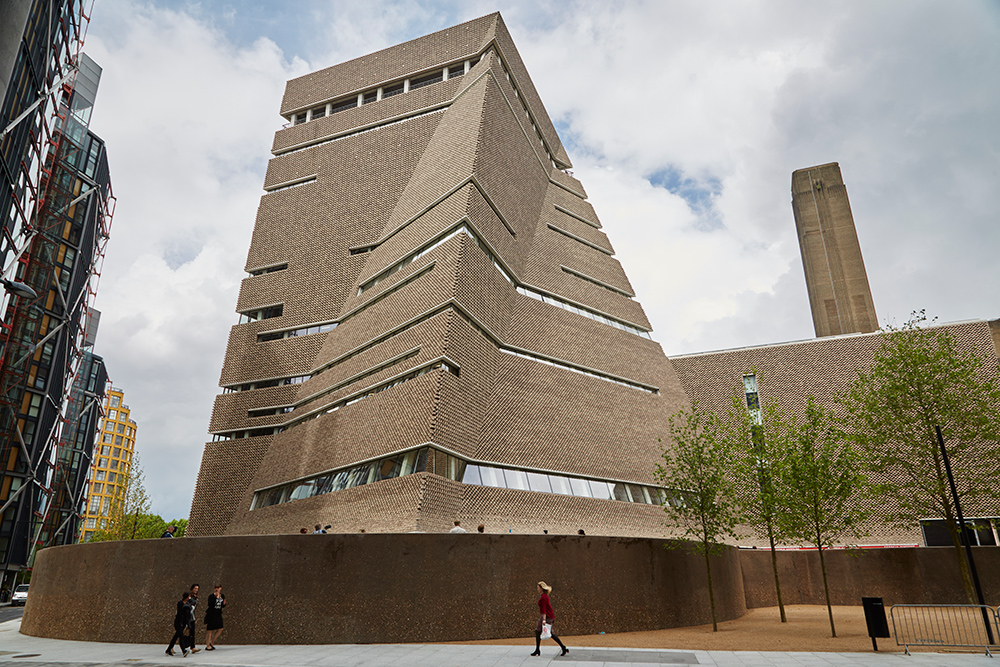
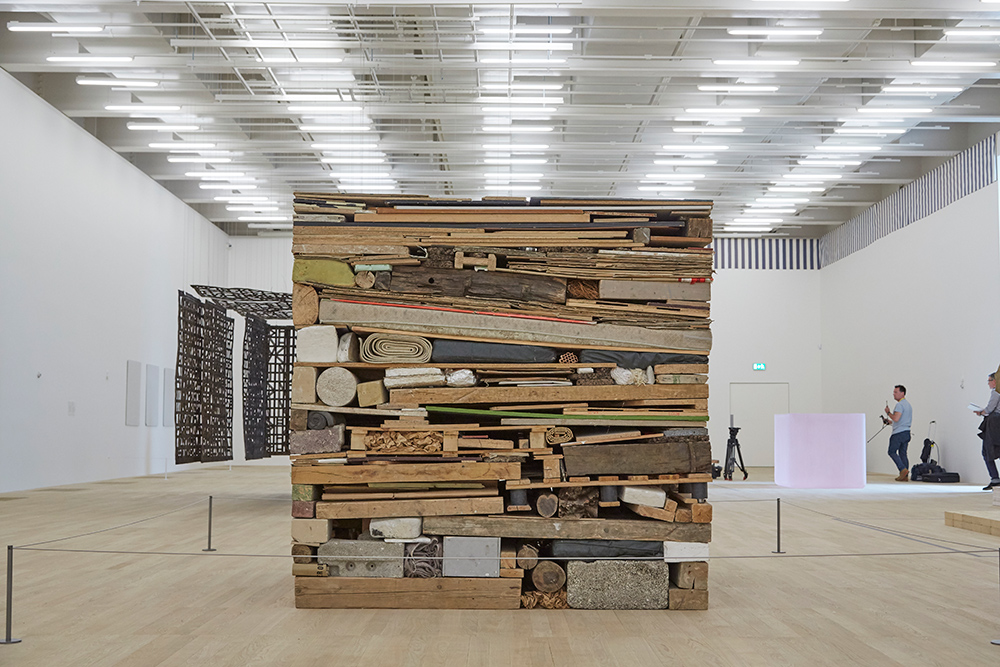
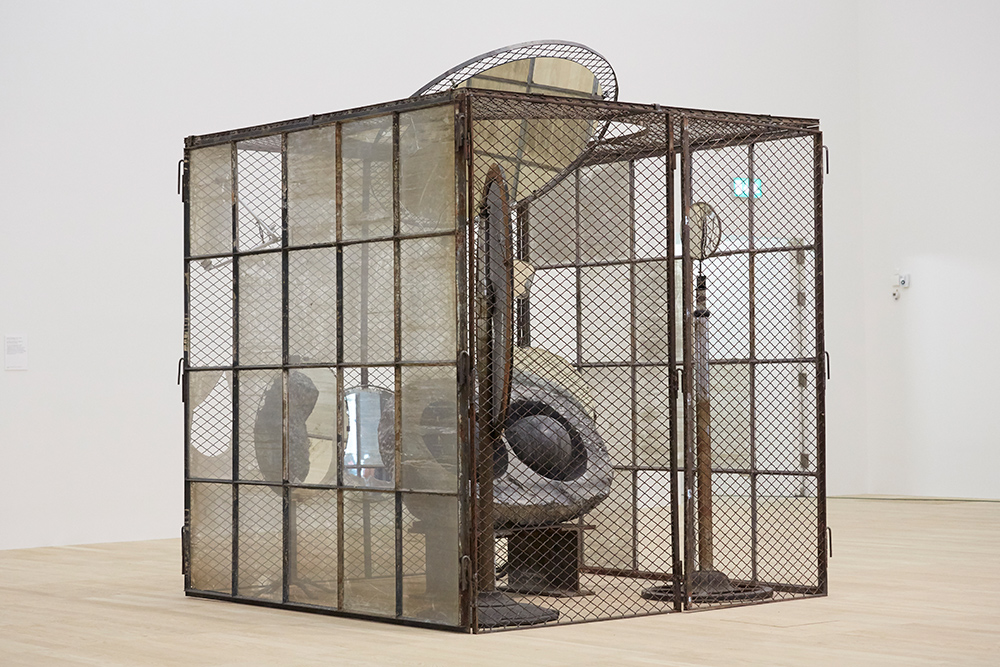
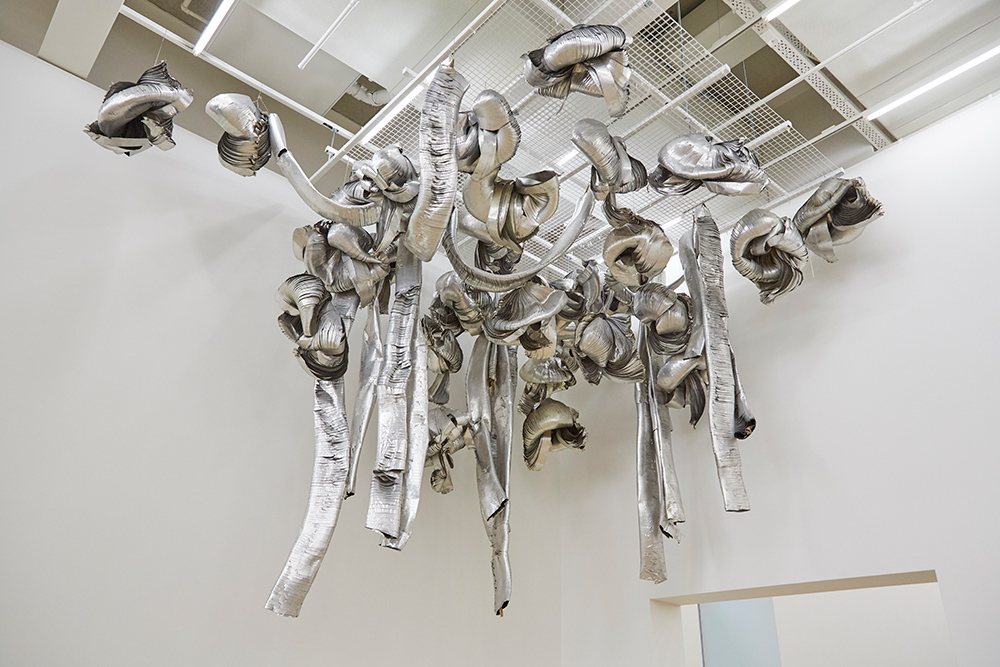















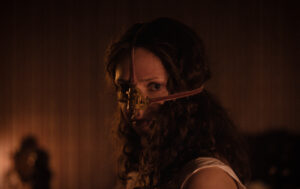
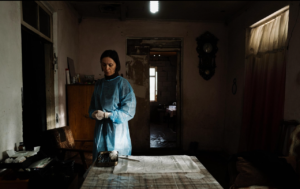







Facebook
Twitter
Instagram
YouTube
RSS